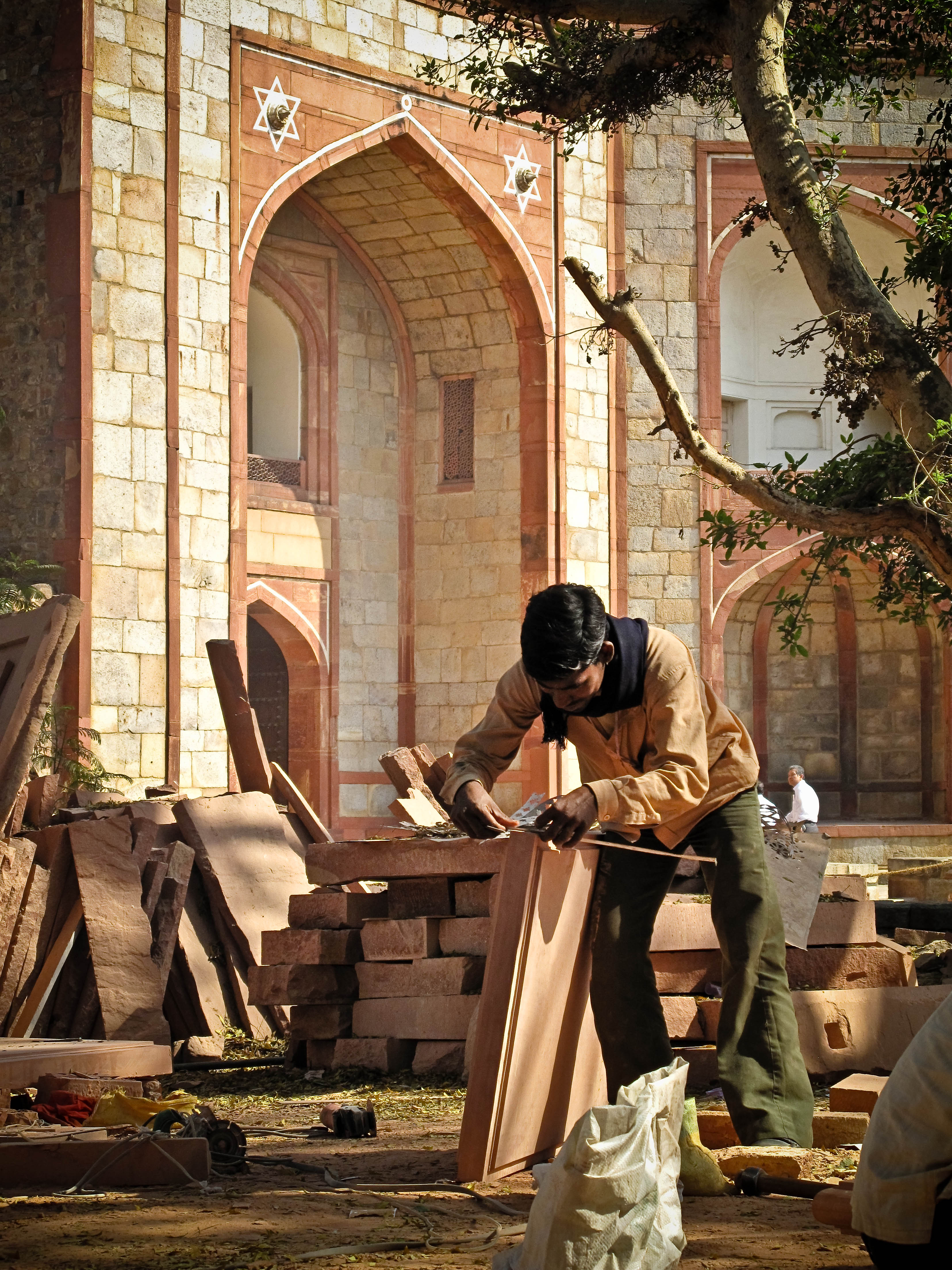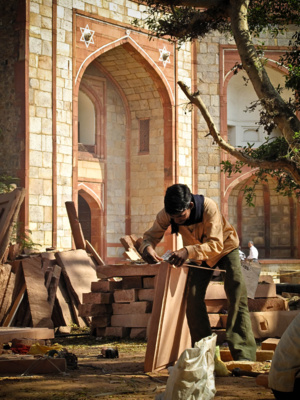Dailycsr.com – 05 August 2015 – In India, the initiatives to preserve heritage culture is a rare venture by any company as their CSR activities. However, when most company’s focus on various educational, poverty alleviation and water management projects, there are few companies which choose the less often trodden road. In fact, as per the “schedule VII of the Companies Act, 2013” of Indian Government, the above listed popular CSR fields gain weight as oppose to the initiatives to nurture, protect, preserve and conserve “art and culture”.
There are various options for the companies to explore the field of heritage conservation as CSR; the industries of tourism, culture, hospitality and heritage can reap the best benefit of it through “strategic initiatives”. According to Forbesindia the projects of such endeavour can spread awareness by establishing the importance of historical and cultural sites along with “physical restoration” programme which can include routine maintenance and “management frameworks”. Furthermore, through training sessions, the companies can cater to “cultural resources” which are intangible in nature.
In fact, there are already a few companies which are “carrying out” such programmed in an attempt to preserve culture and heritage. Among them, there are various public-sector companies like “ONGC, Indian Oil, NTPC and GAIL” who are involved in renovation and maintenance work of regional monuments and temples. Moreover, the ForbesIndia reports:
“The Tata Group has been traditionally involved in promoting local structures of importance and setting up museums.”
The Tata Group of companies set aside a portion of their profit which the company uses in helping trusts and institutions with same goal through donations whereby the A.S.A.I or the Archaeological Survey of India has availed of its grants.
Likewise, the company of Coca Cola took active participation in the restoration project of “two 400-year-old stepwells”, named “Sarai Bawari and Kale Hanuman Ki Bawari” which were situated in the state of Rajasthan. The company went around “creating awareness” among the locals whereby availing help from local labour community. Consequently, the residents are now enjoying the “benefits of the stepwells with increased water storage and supply”. Moreover, the company of Coca Cola has also generated the intangible asset of goodwill among the customers of that locality. As per ForbesIndia, this incident holds a “perfect corporate-community engagement model” which is proven to be mutually beneficial.
It would be fit to mention here that the Indian government, under the tourism ministry, launched the N.C.F or the “National Culture Fund” in the year of 1996 as a supporting tool. The government has also created a platform which channelizes “private investments” to fund any attempts of “culture preservation”. Under the said scheme a hundred monuments in total have been identified as of “national significance”, whereby they “have been put up for adoption”. Various public sectors, as listed above, are the face of this initiative which satisfactorily deploy fund towards effectiveness and participation of this endeavour.
References:
http://forbesindia.com/blog/the-good-company/preserving-heritage-still-an-alien-csr-concept/
There are various options for the companies to explore the field of heritage conservation as CSR; the industries of tourism, culture, hospitality and heritage can reap the best benefit of it through “strategic initiatives”. According to Forbesindia the projects of such endeavour can spread awareness by establishing the importance of historical and cultural sites along with “physical restoration” programme which can include routine maintenance and “management frameworks”. Furthermore, through training sessions, the companies can cater to “cultural resources” which are intangible in nature.
In fact, there are already a few companies which are “carrying out” such programmed in an attempt to preserve culture and heritage. Among them, there are various public-sector companies like “ONGC, Indian Oil, NTPC and GAIL” who are involved in renovation and maintenance work of regional monuments and temples. Moreover, the ForbesIndia reports:
“The Tata Group has been traditionally involved in promoting local structures of importance and setting up museums.”
The Tata Group of companies set aside a portion of their profit which the company uses in helping trusts and institutions with same goal through donations whereby the A.S.A.I or the Archaeological Survey of India has availed of its grants.
Likewise, the company of Coca Cola took active participation in the restoration project of “two 400-year-old stepwells”, named “Sarai Bawari and Kale Hanuman Ki Bawari” which were situated in the state of Rajasthan. The company went around “creating awareness” among the locals whereby availing help from local labour community. Consequently, the residents are now enjoying the “benefits of the stepwells with increased water storage and supply”. Moreover, the company of Coca Cola has also generated the intangible asset of goodwill among the customers of that locality. As per ForbesIndia, this incident holds a “perfect corporate-community engagement model” which is proven to be mutually beneficial.
It would be fit to mention here that the Indian government, under the tourism ministry, launched the N.C.F or the “National Culture Fund” in the year of 1996 as a supporting tool. The government has also created a platform which channelizes “private investments” to fund any attempts of “culture preservation”. Under the said scheme a hundred monuments in total have been identified as of “national significance”, whereby they “have been put up for adoption”. Various public sectors, as listed above, are the face of this initiative which satisfactorily deploy fund towards effectiveness and participation of this endeavour.
References:
http://forbesindia.com/blog/the-good-company/preserving-heritage-still-an-alien-csr-concept/


 Heritage Preservation – A Less Trodden CSR Path In India
Heritage Preservation – A Less Trodden CSR Path In India





 Companies
Companies